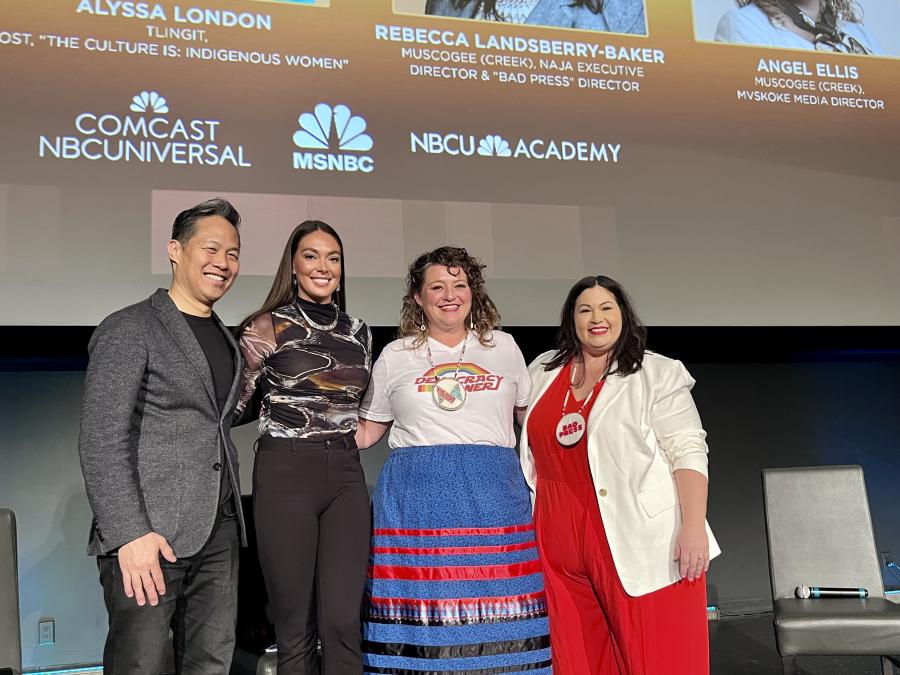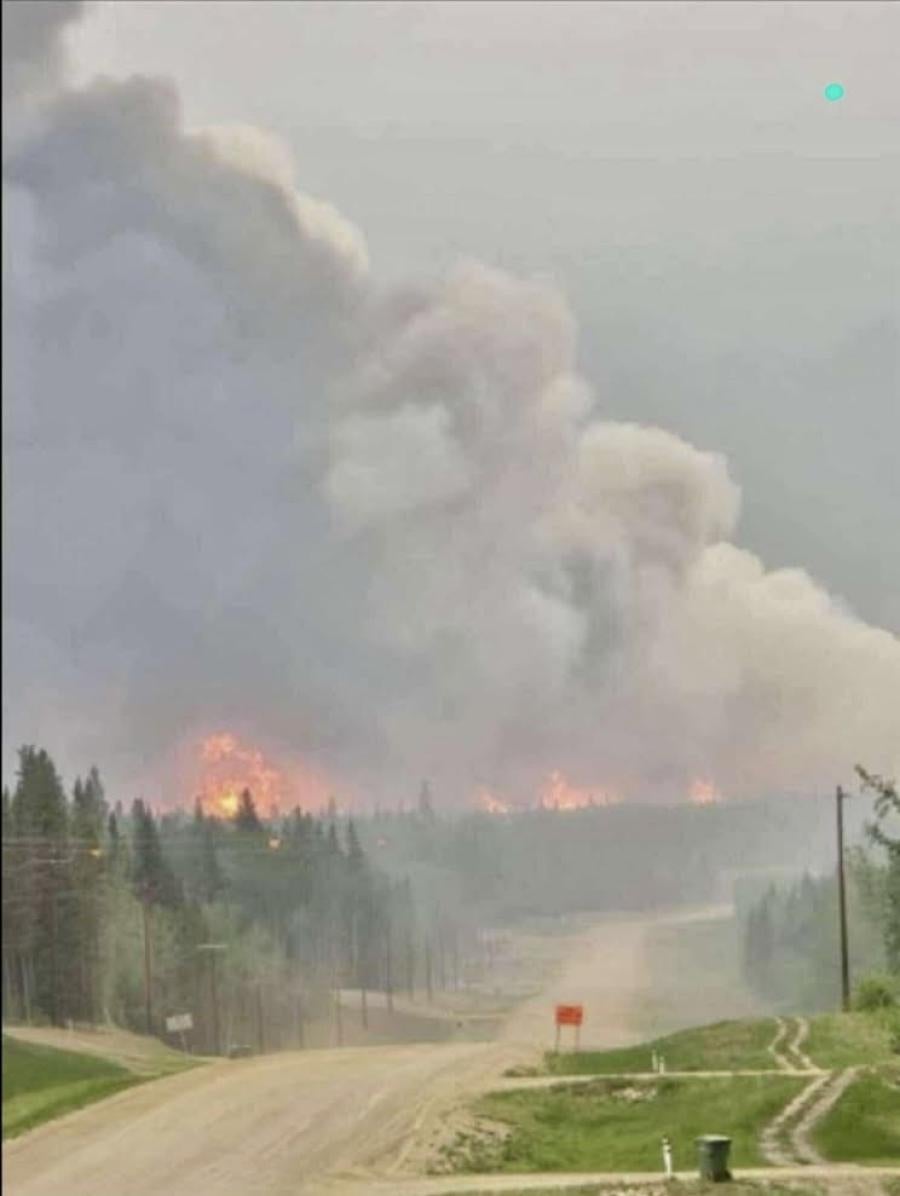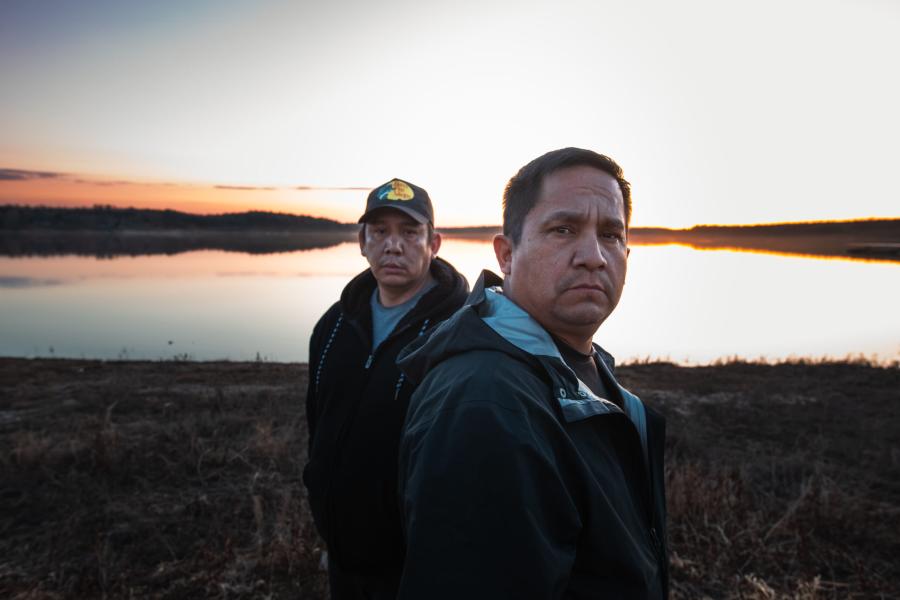The following are more excerpts from statements made during Week Two of the second session of the UN Permanent Forum on Indigenous Issues.
ON EDUCATION
Jiten Yumnam, Centre for Organization Research and Education, Manipur, India:
“We request the Permanent Forum to recommend that UNICEF, UNESCO and other UN agencies and organizations prioritize measures for the protection of indigenous knowledge and transmission of such knowledge each according to their own mandate and relevance . . . [and] that UNESCO step up its activities focused on indigenous culture and languages and on supporting governments to develop programs on these which include the protection and promotion of the knowledge holders and on support to indigenous peoples’ own efforts to educate their children appropriately.”
“Our children have the unquestionable rights to education as enshrined in the Convention on the Rights of the Child, Article 30. This entitles them not only to full and undiscriminated access to general and formal education systems but also to education according to their own cultures and in their own languages.”
Elizabeth Saagulik Hensley, Alaska Federation of Natives and Indigenous Youth Caucus:
“The flat tundra plains and mountain corridors of Northwest Alaska vibrate with a language foreign to our land. Not a single all Inupiaq-speaking community exists in Alaska. When I was seventeen years old, my desire to learn Inupiaq was so strong that I moved to Greenland, where the Inuit language is still the primary language spoken. Many Alaska Native peoples hear the resonance of brutal words drilled deep into their brains by schools designed to ‘civilize’ and continue to suffer from government policies that call for the mastering of the English language but ignore indigenous languages or, at best, teach them as foreign languages. The ignoring of our languages is detrimental to our confidence as peoples and severs ties between indigenous youth and our ancestors. When I speak Inupiaq, I become the echo of the first Inupiaq person who spoke. The ignoring of our languages insults the wisdom conveyed through our beautiful languages which cannot be accurately translated into English.”
“I respectfully request that the Permanent Forum support and lobby for the establishment of institutions where indigenous peoples can rejoice in the cultures our ancestors diligently delivered to us, where we can express the sentiments of our hearts in our own tongues, and where our confidence as indigenous peoples thrives. If efforts to revive our Native languages are not taken now, the languages will die with my father’s generation. The youth understand our responsibility, and our hearts and minds are ready.”
ON HEALTH
Vice-Chief Ghislain Picard, Assembly of First Nations (Canada):
“Children are the most important indicator of the health and well-being of our societies and peoples. If children, and the mothers to whom they are born, are uniformly not doing well, then you can be sure that the society of which they are part is threatened.”
“According to a recent study, the ranking of First Nations in Canada would be approximately 63rd on the UNDP scale – that is, lower than the standard of living of less economically flourishing countries such as Vietnam, Botswana, El Salvador or Tunisia. Indigenous Fetal Alcohol Syndrome occurs at rates up to three hundred times higher than in most western countries. Indigenous infant mortality in Canada is almost twice as high as the rate of infant mortality overall in Canada. Indigenous life expectancy is still roughly six years lower than other Canadians. Tuberculosis is forty-three times higher among registered Indians than among non-Aboriginals in Canada. Many of the lives that are prematurely lost to ill health, violence and suicide are those of indigenous children.”
Trina Miisaaq Landlord, Alaska Federation of Natives:
“There are over 98,000 Alaska Natives residing in the State, with Native youth comprising 33% of the population. During the years 1990-94, there were 46 suicides within the Alaska Native community per year. Alaska Native youth ages 12-17 years old have the highest rate of alcohol use of any group in the United States. This statistic reveals the relationship between suicide and alcohol abuse in Alaska.”
“Based on the Youth and Elders Resolution 02-66, the Alaska Federation of Natives recommends to the Permanent Forum that the United Nations support in every way possible indigenous communities in establishing culturally relative suicide prevention programs that utilize indigenous values to address the root causes of self-destructive behavior, to provide a forum for discussing suicide prevention, and to determine the steps necessary to achieve and promote health, wellness and to restore hope. With hope, Alaskan Native youth will live to perpetuate our unique cultures and to celebrate the beautiful gift of life.”
Lawrence T. Morgan, Speaker of the Navajo Nation Council:
“As a result of United States policies and many related factors, such as lack of economic development, poor sanitation and inadequate housing, Navajos and other Native Americans suffer the highest rates of Type 2 or adult onset diabetes, alcoholism, substance abuse, depression, domestic violence and other mental illnesses, cardio-vascular disease, dental disease and communicable diseases in the nation.”
“Native Americans and Alaska Natives through Treaties, Executive Orders and legislation have the right to federally funded healthcare at 100%. This healthcare is delivered through the Indian Health Service (IHS), an extremely under-funded agency of the United States government, receiving funding through the Department of the Interior and administered through the United States Department of Health and Human Services. While it has limited funds, it is the largest public health agency in the United States, operating at an approximately 15 billion dollar deficit . . . It is through an enhanced budget for an Indian Health Service truly reflective of Native needs and preferences along with more facilities and providers delivering quality healthcare and health education that the status of Indian health will be improved and our people will return to the healthy ways of our ancestors.”
ON HUMAN RIGHTS
Aqqaluk Lynge, on behalf of the Inuit Circumpolar Conference and the Saami Council:
“At the first session of the Permanent Forum I reported about the Indigenous People of Thule, Northern Greenland and their case at the Danish Supreme Court on their forced relocation 50 years ago to make way to a U.S. military Air Force base. The Supreme Court will make its decision in November this year. Even before the legal rights are fully established the U.S. is asking to use the TAB [Thule Air Force Base] for their Missile Defense project, that could start the militarization of the space.”
“On top of this an environmental scandal broke out three weeks ago when a secret report was leaked, documenting the American military dumping of toxic materials in more than 50 areas in Greenland, contaminating the soil and the sea and therefore setting our health at risk. These specific examples demonstrate that the human rights and the right to healthy environment of the Indigenous People of the Thule district and the people of Greenland in general, are not respected.”
“In the Saami traditional territory, the government of Norway has recently proposed a new land management act – the Finnmark Act. The Finnmark Act does not even attempt to address Norway’s colonial past . . . in effect the Finnmark Act confirms governmental control over the Saami people’s traditional land and natural resources and preserves e.g. hunting and fishing rights to the non-Saami population in the Saami territory. The Finnmark Act violates international law and contradicts domestic jurisprudence.”
Indigenous Peoples Survival Foundation:
“In the Northern Himalayan region of the Hindu Kush Mountains live two tribes called the Khow and the Kalash. Despite the pattern of the ever-changing world, the Kalash tribe has sustained their more than 2000-year-old culture and traditions. The Kalash indigenous people have been portrayed as “Kafirs” or non-believers in Pakistan. This denigrating label also connotes pagan beliefs, impurity and assumes promiscuity. It has degraded the status of the tribe to the lowest of the low among the people in their own society . . . The label of “Kafir” upon the Kalash tribe must be removed. It is inhumane and unjust. The severe humiliation has placed an irreversible psychological impact upon the Kalash tribe. The Kalash must be respected in accordance to the Human Rights granted to all human beings.”
National Taiwan University:
“Unlike the indigenous people in Canada and America, the indigenous people in Taiwan do not have territory or scope to exercise self-governance. The movement for self-governance started in 1987 when the Association for the Promotion of Indigenous Peoples claimed that the indigenous peoples should have the right of self-governance in the ‘Declaration of the Indigenous Peoples’ Rights”. Following the declaration, movements sprung up around the claim for self-governance. In 2001, the government proposed . . . ‘The Indigenous Peoples’ Self-Governance Act’. According to the Act, the indigenous peoples can establish a municipality-level institution of governance of their own design. After voting on the design, they can also vote for their own principals and representatives. However, the indigenous peoples in Taiwan are still waiting for the approval of the Act by the Legislative Yuan.”
ON THE ENVIRONMENT AND EXTRACTIVE INDUSTRIES
Joji Carino (Tebtebba Foundation) on behalf of Indigenous Peoples Caucus on Sustainable Development:
“[We recommend] the Permanent Forum welcomes the Kimberley Declaration and the Indigenous Peoples Plan of Implementation on Sustainable Development as important contributions made by Indigenous Peoples to the global effort towards sustainable development, and transmits these documents to ECOSOC for system-wide distribution and use in the follow-up implementation of the WSSD outcomes.”
“[We recommend] under the cross-cutting themes of poverty eradication, changing unsustainable patterns of consumption and production, protecting and managing the natural resource base of economic and social development, sustainable development in a globalizing world and health and sustainable development, [that] the Permanent Forum promote understanding of the negative impacts of the extractive industries – oil, gas and mining – on the lives of indigenous peoples.”
Navin Rai, Senior Social Development Specialist, The World Bank:
“The data tell us that while historically there were many World Bank-financed projects in the extractive industries sector that involved Indigenous Peoples, the number of projects in this sector declined following establishment of the first World Bank policy on Indigenous Peoples in 1982. A number of projects implemented prior to the formulation of the Bank policy did indeed have adverse impacts on specific groups of Indigenous Peoples. In fact, the formulation of the World Bank policy on Indigenous Peoples was triggered when it became apparent that Bank projects in the extractive industries in the extractive industries as well as infrastructure sectors were resulting in such effects.”
“The data do not bear out the popular misconception that the World Bank today continues to finance a large number of projects in the extractive industries sector that directly affect Indigenous Peoples. The … Oxford Workshop [in April 2003], organized by the Forest Peoples Programme and the Tebtebba Foundation and entitled “Extractive Industries, Indigenous Peoples and World Bank,” concluded that the World Bank is not financing many projects in the extractive industries sector that affect Indigenous Peoples.”



